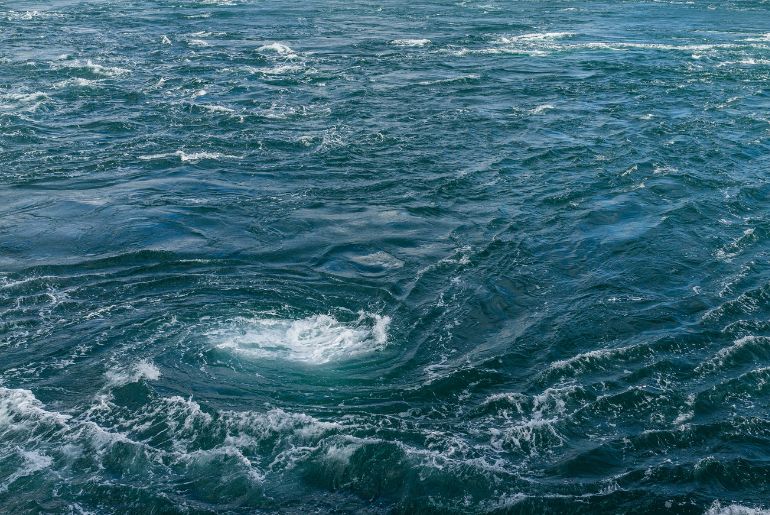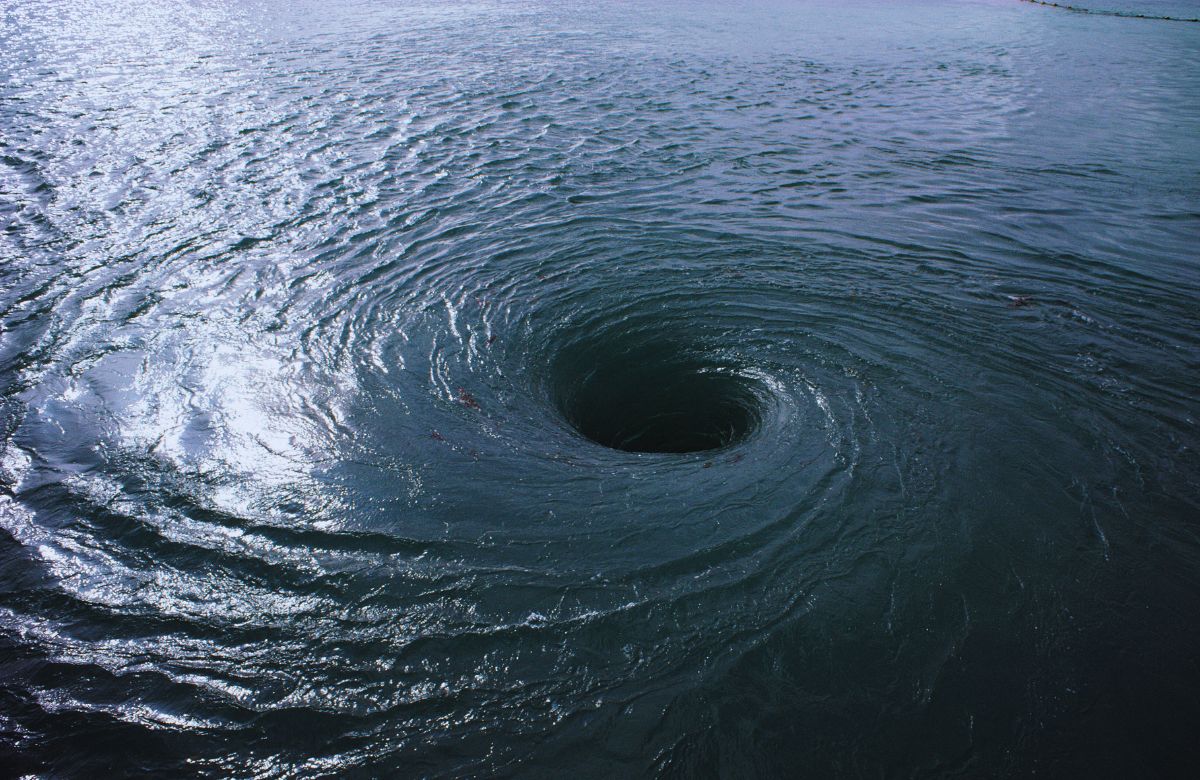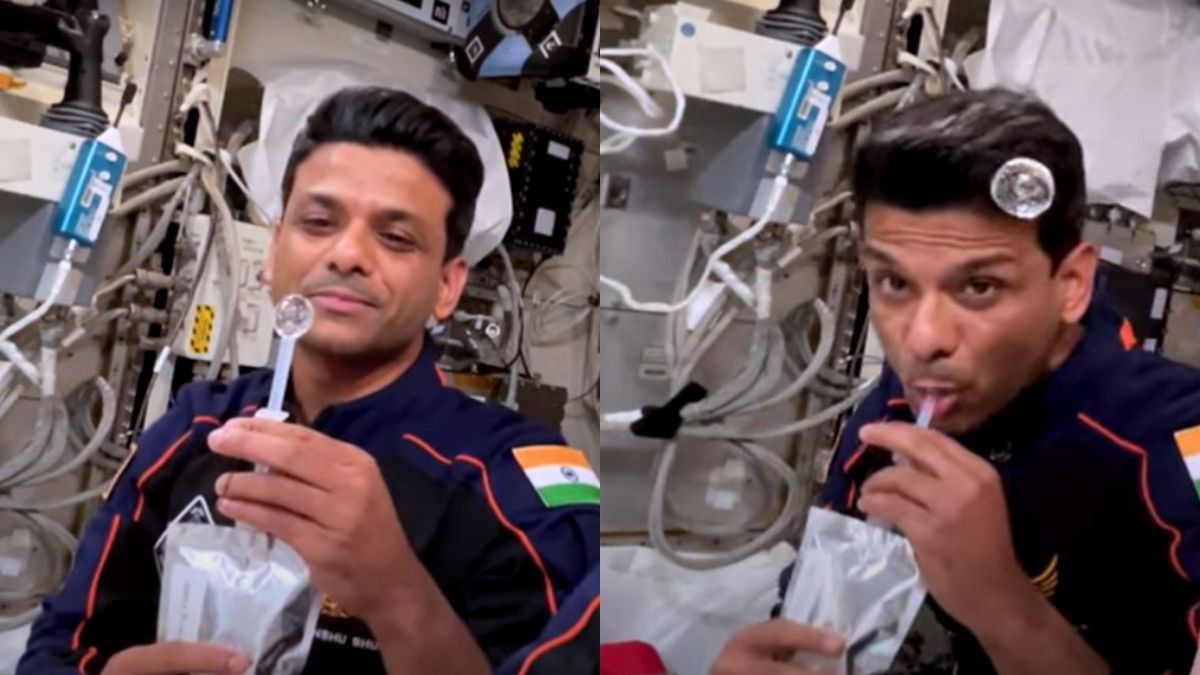There’s an enormous gravitational hole called the ‘gravity hole’ that lies in the Indian Ocean. Researchers at Bengaluru’s Indian Institute of Science tell that this weakest point of the Earth’s gravitational attraction lies approximately south of Sri Lanka. This makes the sea level there 100 metres lower than the average for the world.
What Is Gravity Hole?

The reason behind this significant ‘gravity hole’ in the Indian Ocean has been discovered by researchers. Earlier satellite-based measurements have shown that the sea level only drops because of the gravitational tug-of-war only off the tip of the Indian subcontinent. This phenomenon is known scientifically as the Indian Ocean Geoid Low (IOGL).
Now, two scientists from the Indian Institute of Science, Bangalore’s Centre for Earth Sciences, have proposed an explanation for this. They span an area of almost three million square kilometres.
The Earth’s gravitational field is not uniform due to changes in density and mass distribution. This doesn’t make the gravity hole perfectly spherical. The distribution of mass on Earth is not uniform; certain locations have denser parts while others have less dense regions. The geoid was formed as a result of variances in gravitational attraction caused by variations in density and mass.
Anomalies in the gravitational field result in changes in the intensity of gravity at various points on the Earth’s surface, which affects the formation of the Earth. The spinning, gravitational effects, and interior makeup of the planet all have an impact on the form.
Also Read: What Is Sun Tourism, The Latest Travel Trend Of Immersing In Sunny Mountain Areas?
Researchers Find The Reason Behind This

The researchers, Debanjan Pal and Attreyee Ghosh, peered under the Earth’s surface, some 1,000 kilometres beneath the crust. An ancient ocean had plunged nearly and stirred up hot molten rock, nearly 30 million years ago.
After then, the researchers examined how the tectonic plates had moved in relation to one another during the previous 140 million years. The Indian plate had just recently started to separate from the larger Gondwanaland. Seismometer data collected by experts from the National Centre for Polar and Ocean Research along the deformation zone were used to inform their findings.
According to simulations performed on various computer models, the gravity hole anomaly is needed to continuously produce hot, low-density magma plumes in order to grow. The first such plume initially emerged around 20 million years ago, and as the plumes got hotter, the gravity hole got bigger.
Cover image credits: Canva
First Published: July 07, 2023 12:12 PM



